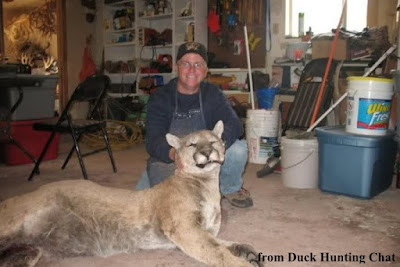Inukshuk are stone monuments, often resembling
human figures, constructed by Arctic peoples for various reasons – to show the
way, to mark food caches, as memorials. Supposedly the traditional meaning of
the word inukshuk was “someone was here”. They served many purposes and
have come to symbolize the arctic and its native people.
It seemed to happen suddenly, early this year stone
towers began to appear in woodlands. The towers, most not more
than three feet tall but some much larger, are composed of precariously balanced stones gathered
from nearby. Some of the stones are fairly small and so would have been easily
lifted; others are much larger but still could have been lifted by one person.
The appearance of the towers raises several
questions: Who? What? Why? Northcentral Pennsylvania is far from the arctic and
its peoples.
Who remains a mystery to everyone I’ve asked as
nobody has come across someone constructing one or spoken to a person who has
‘fessed up to being a builder.
What is also a mystery. Have they been built as inukshuk
to show what? Or as a religious symbol – a mini-steeple, pointed toward the
builder’s idea of “heaven”, or as graffiti to show that the builder was there,
or … ?
Some would certainly have taken quite a while to
build, and patience, and maybe even assistance to hold some stones in position
as others were added to the tower.
A few seem to have some religious significance,
obviously pointing skyward –
Or could be interpreted as a human figure or a cross
–
But many just seem resemble an inukshuk to say “someone was here” a form of graffiti made from natural materials rather than being spray-painted on bridge abutments, buildings or railroad cars – a way to say not, “someone was here” but instead to “I” was here.
 Whether they were done as inukshuk, religious
symbols or graffiti, they’re not in the artic serving a purpose.
Fortunately, frost action, animals or whatever will bring them to the ground.
Whether they were done as inukshuk, religious
symbols or graffiti, they’re not in the artic serving a purpose.
Fortunately, frost action, animals or whatever will bring them to the ground.



























